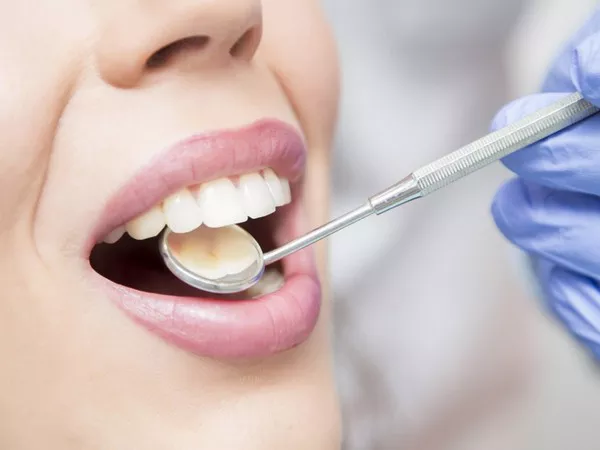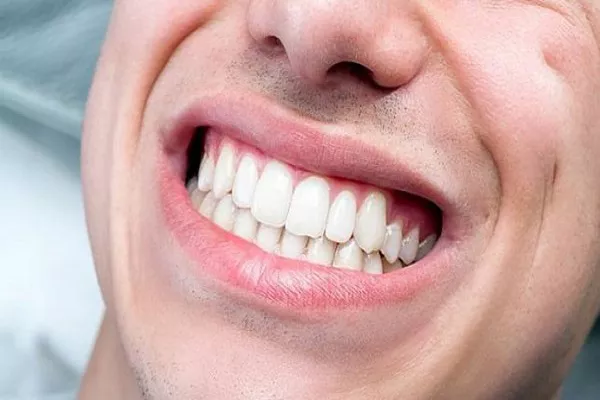Interdental cleaning, often overlooked in daily oral care routines, is a critical component of maintaining optimal oral health. It involves cleaning the spaces between your teeth, known as interdental spaces or gaps, where toothbrushes alone cannot reach effectively. Neglecting interdental cleaning can lead to a buildup of plaque, food particles, and bacteria, potentially leading to dental issues such as cavities and gum disease. In this comprehensive article, we will delve into what interdental cleaning is, why it matters, and the various methods and tools available for effective interdental cleaning.
Understanding Interdental Cleaning
Interdental cleaning refers to the process of cleaning the areas between your teeth and around dental appliances like braces, bridges, and implants. These spaces are often too narrow for a regular toothbrush to access and effectively remove plaque and debris.
The importance of interdental cleaning lies in its ability to:
Prevent Cavities: Plaque buildup in interdental spaces can lead to cavities. By cleaning these areas, you can help prevent tooth decay.
Prevent Gum Disease: Neglecting interdental cleaning can result in gingivitis and more severe gum diseases. Proper cleaning can prevent or manage these conditions.
Improve Fresh Breath: Food particles trapped between teeth can contribute to bad breath. Interdental cleaning helps maintain fresh breath.
Enhance Overall Oral Hygiene: A clean mouth reduces the risk of various oral health issues, contributing to your overall well-being.
Methods of Interdental Cleaning
There are several effective methods for interdental cleaning, each catering to different preferences and needs. Here are some of the most common approaches:
Dental Floss: Dental floss is a classic interdental cleaning tool. It comes in various types, including waxed, unwaxed, flavored, and tape. Flossing involves gently sliding a piece of floss between your teeth, curving it around each tooth in a C-shape to remove plaque and debris.
Interdental Brushes: Interdental brushes, also known as proxy brushes, have small bristle heads designed to fit between teeth. They are particularly useful for people with larger gaps between their teeth or those with braces.
Water Flossers: Water flossers, also called oral irrigators, use a stream of pressurized water to remove plaque and debris from between teeth and along the gumline. They are less abrasive than traditional floss and are suitable for people with sensitive gums.
Dental Picks: Dental picks or interdental picks are small, pointed tools with a brush or pick at one end. They allow you to clean between teeth and around dental appliances with precision.
Wooden Plaque Removers: Wooden plaque removers are thin, triangular devices designed to remove plaque from between teeth. They are a less common but effective option.
Rubber Tip Stimulators: Rubber tip stimulators have a rubber-tipped end that you can use to gently massage your gums and clean between teeth. They are often recommended for people with sensitive gums.
Choosing the Right Interdental Cleaning Method
Selecting the appropriate interdental cleaning method depends on your individual oral health needs and personal preferences. Here are some factors to consider:
Gap Size: If you have larger gaps between your teeth, interdental brushes may be more effective. Smaller gaps may be better suited for dental floss or dental picks.
Dental Appliances: If you have braces, bridges, or dental implants, consult your dentist or orthodontist for specific recommendations on interdental cleaning tools.
Gum Sensitivity: If you have sensitive gums, consider using gentler options like water flossers or rubber tip stimulators.
Ease of Use: Choose a method that you find easy and convenient to use consistently.
Personal Preference: Ultimately, the best method is one that you will incorporate into your daily oral care routine.
Incorporating Interdental Cleaning into Your Routine
Proper interdental cleaning is an essential part of your daily oral care routine. Here’s how to incorporate it effectively:
Frequency: Aim to clean between your teeth at least once a day. Many dental professionals recommend doing so before bedtime.
Technique: When using dental floss, interdental brushes, or dental picks, be gentle to avoid damaging your gums. Follow the natural curve of your teeth and use a gentle back-and-forth motion.
Water Flossers: If using a water flosser, adjust the pressure to a comfortable level and direct the stream of water between your teeth and along the gumline.
Consistency: Consistency is key to maintaining good oral health. Make interdental cleaning a habit to ensure the best results.
Consult Your Dentist: If you have questions about the best interdental cleaning method for your needs or if you experience gum bleeding or discomfort, consult your dentist for guidance.
Conclusion
Interdental cleaning is anintegral part of maintaining optimal oral health. Neglecting to clean between your teeth can lead to plaque buildup, cavities, gum disease, and other oral health issues. Fortunately, there are various effective methods and tools available to make interdental cleaning a convenient and straightforward part of your daily oral care routine.
Choose the interdental cleaning method that best suits your needs and preferences, and be consistent in your efforts. By giving your teeth and gums the attention they deserve, you can enjoy improved oral health and a confident smile for years to come.
Related Topics:






























